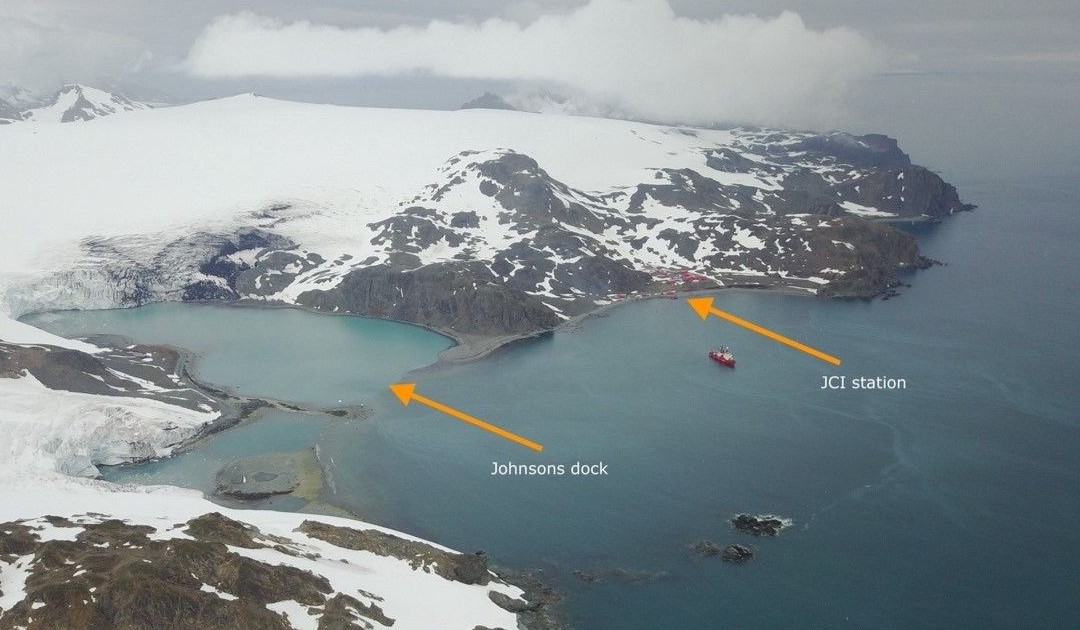
To monitor the melting of the Antarctic and its effects on the balance of the Southern Ocean, a Spanish-Canadian association has set up a measuring point next to the Spanish Juan Carlos I base. It transmits data by satellite from the South Shetland Islands.
Canada and Spain have just set up an underwater observatory to measure the impact of greenhouse gas emissions on the coastal waters of South Shetland, north of the Antarctic Peninsula. The equipment deployed is that of Ocean Networks Canada (ONC), inspired by the system already in place in the Arctic, in partnership with the local communities of Gascoyne Inlet and Victoria University.
In this case, Spain is responsible for transporting the equipment via the Spanish Higher Council for Scientific Research (CSIC). Its oceanographic vessel, the Hespérides, links the two Spanish research stations – Gabriel de Castille and Juan Carlos I – in Antarctica from Ushuaïa. Since yesterday, it has been en route to the South Shetland Islands.
During the previous round trip, the Spanish teams installed the underwater device at a depth of 23 metres next to Juan Carlos I, on the Johnsons Dock site, at the foot of a glacier where meltwater flows into the ocean. It measures temperature, salinity, oxygen and chlorophyll, for example. Connected to a satellite antenna by a cable, the observatory sends its data every 30 minutes. The information reaches the Ocean Networks Canada servers, which process, store and broadcast it.
Such measurements are rare in Antarctica. This was underlined by 300 researchers from 25 countries at the Southern Ocean Observing Systems conference in Hobart last August. “We need to create a long-term and continuous program of multinational research that is circumpolar, stretching right around Antarctica,” said Andrew Meijers, physicist and oceanographer with the British Antarctic Survey.
In this respect, Kate Moran, President of Ocean Networks Canada, believes that: “ONC’s expertise in the design and operation of underwater observatories capable of withstanding polar conditions will contribute to Spain’s scientific expertise in Antarctic monitoring.” For his part, Jordi Sorribas Cervantes, Director of CSIC’s Marine Technology Unit, declares that “access to these data on a near-continuous basis, from anywhere in the world, will help fill the data gap in the Southern Ocean.”
Camille Lin, PolarJournal
Find out more about this topic:





